Medical injection-molded products, due to their high precision and cleanliness requirements, are prone to burn marks during the molding process. These defects, manifested as localized scorching, black spots, or dark streaks on the surface, not only affect product appearance and performance but may also pose medical safety risks. The causes of burn marks are complex and require systematic analysis from three perspectives: machinery, molds, and molding processes, followed by targeted solutions.
1. Causes of Burn Marks
A. Mechanical Factors: Equipment Malfunctions Leading to Resin Degradation
-
Overheated Barrel: When barrel temperatures exceed the resin’s decomposition threshold (e.g., polypropylene (PP) degrades above 300°C), resin cracks into charred particles, forming black spots in molded parts.
-
Screw and Nozzle Stagnation: Worn screw threads or faulty check valves cause resin retention, leading to localized overheating. For example, in a medical catheter production case, screw check valve aging resulted in yellow-brown decomposition after 30 minutes of resin stagnation.
-
Poor Equipment Cleaning: Residual old resin or impurities in the barrel act as decomposition triggers. In one syringe production incident, incomplete cleaning of polycarbonate (PC) residue led to streaky black spots on polyethylene (PE) products.
B. Mold Factors: Inadequate Venting Causing Adiabatic Compression
-
Venting System Defects: Lack of venting slots in parting lines, ejector pin gaps, or insert seams traps air, which is compressed adiabatically to extreme temperatures (exceeding 1,000°C), scorching the plastic. For instance, in a surgical instrument handle mold, failing to vent a blind hole caused 0.5mm-diameter scorch marks.
-
Poor Runner Design: Narrow sprues or long runners generate excessive shear heat. In a medical connector production case, reducing the runner diameter from 8mm to 6mm caused continuous black streaks, resolved by reverting to the standard size.
C. Molding Process Factors: Parameter Miscontrol Inducing Overheating
-
Excessive Backpressure: Backpressure above 300 MPa raises local barrel temperatures. In a blood collection tube stopper production case, increasing backpressure from 200 MPa to 350 MPa caused dense scorch marks, which disappeared after adjustment to 250 MPa.
-
High Screw RPM: Speeds exceeding 90 rpm generate friction heat. In a syringe piston production case, raising screw RPM from 80 to 100 caused ring-shaped black streaks, resolved by lowering it to 70 rpm.
-
Improper Injection Speed: High speeds (over 3× cavity filling rate) trap air, which scorches the plastic upon adiabatic compression. In an IV drip chamber production case, reducing injection speed from 50 mm/s to 30 mm/s cut scorch defects by 80%.
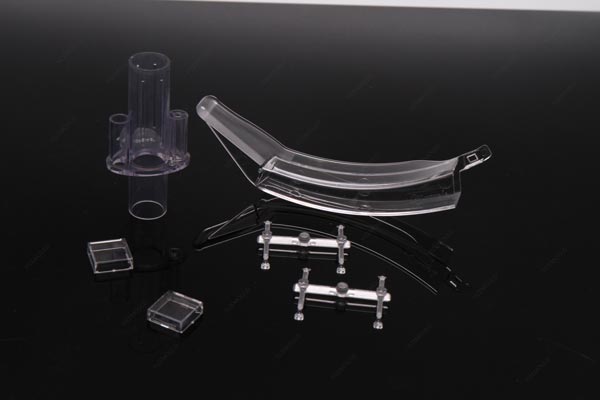
2. Systematic Solutions
A. Mechanical Maintenance and Optimization
-
Equipment Cleaning: Use dedicated purging compounds (e.g., polyester-based cleaners) to clean barrels, screws, and nozzles before each batch. One firm reduced contamination-related burn marks from 12% to 2% using a “high-temperature idle + purging compound circulation” process.
-
Critical Component Replacement: Regularly inspect screw check valves and nozzle seals; replace if worn beyond 0.1mm. One enterprise cut stagnation-related defects by 90% through timely replacements.
-
Temperature Control: Install infrared thermometers to monitor barrel zones with ±2°C accuracy. One medical supplier reduced temperature-induced burn marks from 8% to 1% via real-time monitoring.
B. Mold Improvements and Venting Optimization
-
Venting Slot Design: Add venting slots (0.025mm deep for crystalline plastics, 0.038mm for amorphous plastics) at cavity ends, blind holes, and parting lines. One surgical instrument mold reduced burn marks from 15% to 3% after venting upgrades.
-
Runner Optimization: Replace cold runners with hot runner systems to minimize shear heat. One firm cut surface streaks from 20% to 5% after switching to hot runners.
-
Mold Surface Treatment: Chrome-plate or nitride runners and gates to reduce friction. One catheter connector mold reduced friction-related burn marks by 70% after surface treatment.
C. Molding Process Adjustments
-
Parameter Optimization: Use DOE experiments to determine optimal parameter combinations. For a syringe production case, the optimal settings were: barrel temperature 180–200°C, backpressure 180 MPa, screw RPM 70, injection speed 25 mm/s, reducing burn marks from 18% to 2%.
-
Multi-Stage Injection: Adopt a “slow-fast-slow” three-stage injection (10 mm/s for air venting, 30 mm/s for filling, 5 mm/s for packing). One blood collection tube stopper mold cut burn marks from 25% to 4% using this method.
-
Packing and Cooling: Set packing pressure at 70–80% of injection pressure and extend cooling time to 1.5× product thickness. One medical tube mold reduced warping from 12% to 3% after optimizing packing and cooling.
3. Special Requirements for Medical Products
-
Material Selection: Prioritize medical-grade resins (e.g., PP, PE, PC); avoid recycled or additive-containing materials. One firm reduced material-degradation burn marks from 10% to 1% by switching to medical-grade PP.
-
Cleanroom Production: Manufacture in Class 10,000 cleanrooms with suspended particles (≥0.5μm) ≤3.5 million/m³. One enterprise cut surface contamination from 5% to 0.2% via cleanroom controls.
-
Validation and Traceability: Inspect each batch for burn marks (visual/magnified checks) and establish traceability systems. One firm eliminated customer complaints (from 5/month to zero) through these measures.
4. Case Study: Optimization of a Medical Catheter Mold
Problem: Continuous black streaks on catheter surfaces, burn mark rate 20%.
Diagnosis:
-
Mechanical: Worn screw check valve causing resin stagnation.
-
Mold: Runner diameter too small (6mm).
-
Process: Injection speed too high (60 mm/s).
Solutions:
-
Replace screw check valve and clean barrel.
-
Enlarge runner diameter to 8mm.
-
Reduce injection speed to 30 mm/s.
Results: Burn mark rate dropped to 2%, product yield rose to 98%.
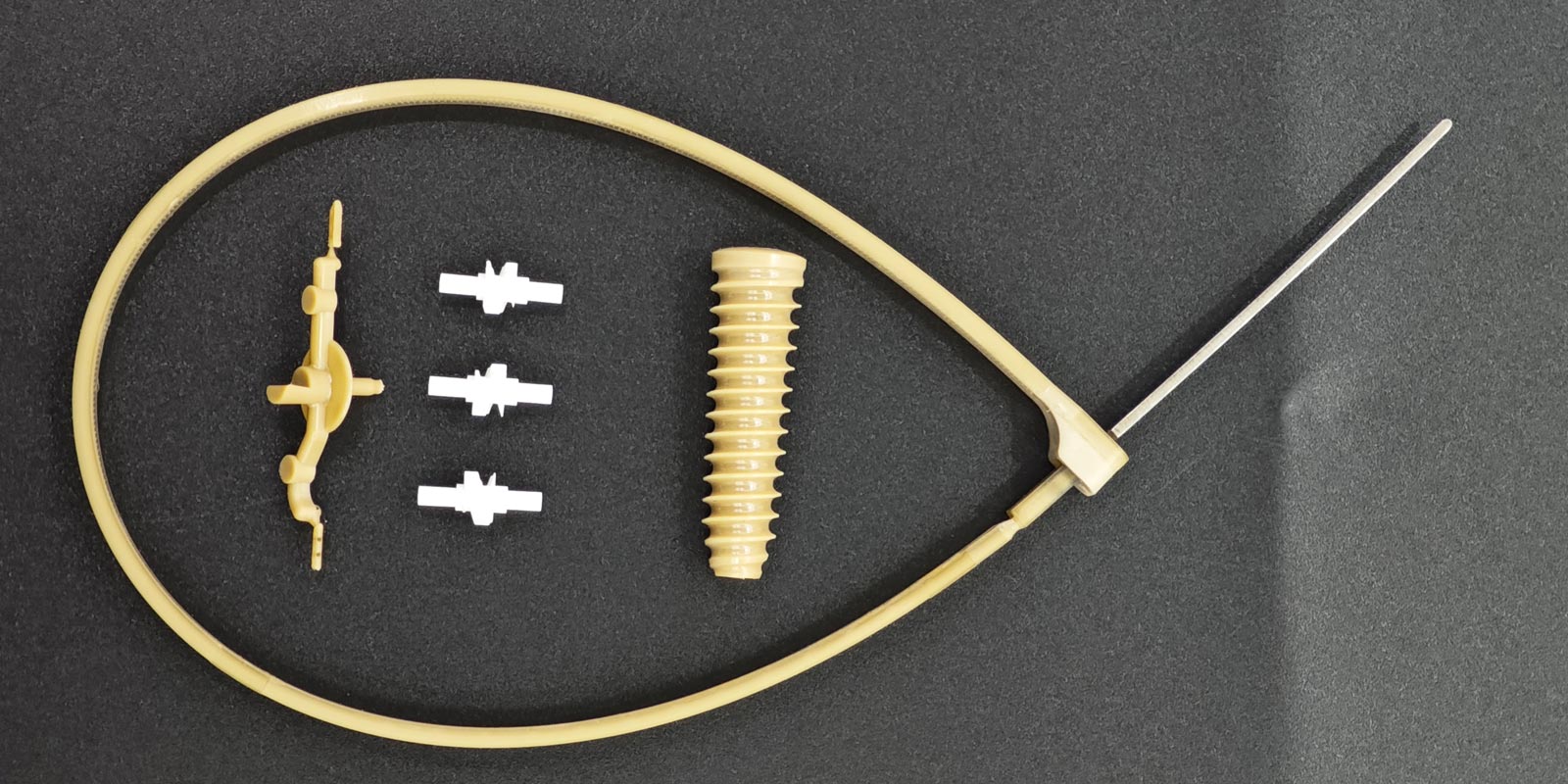
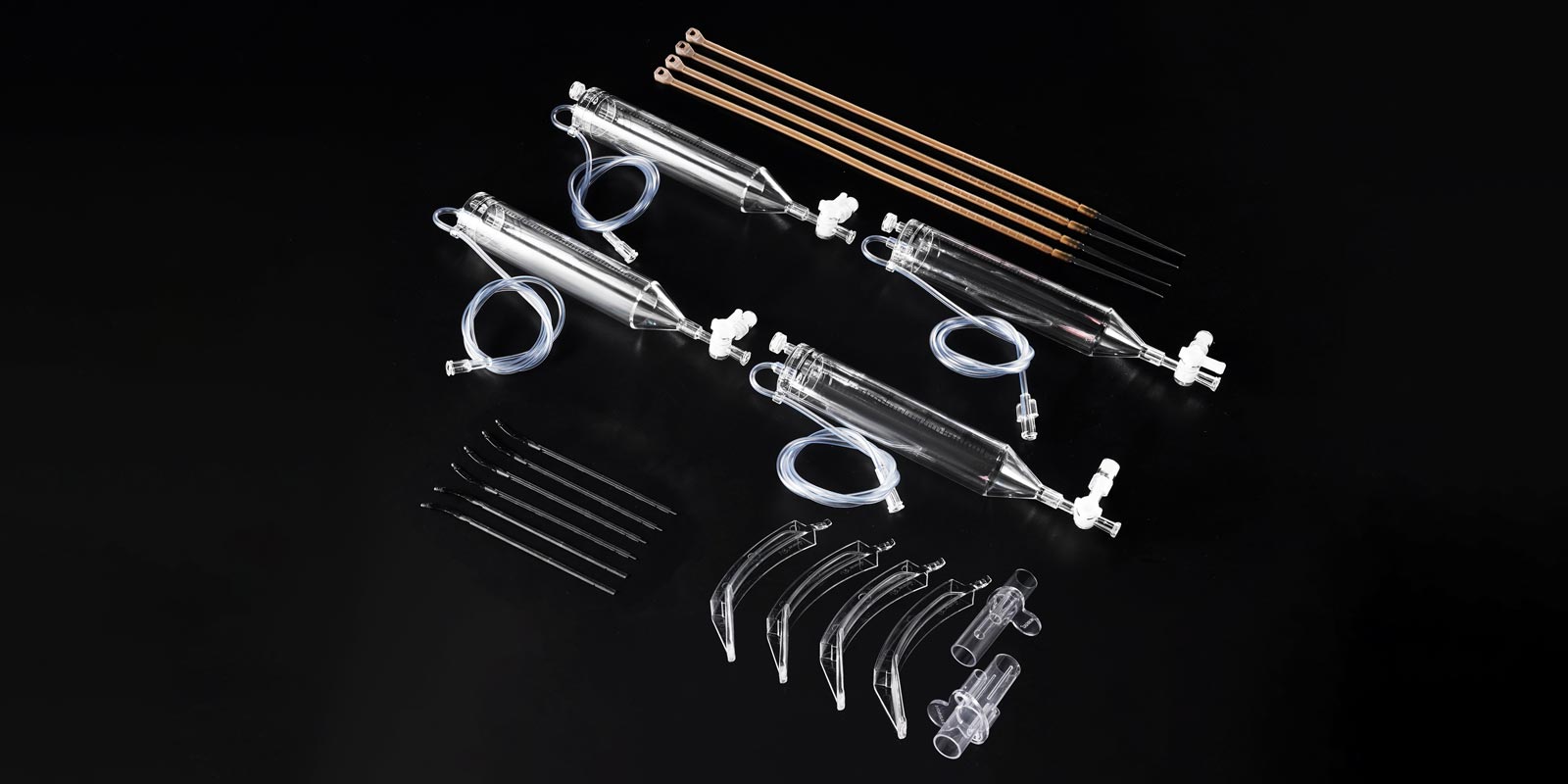

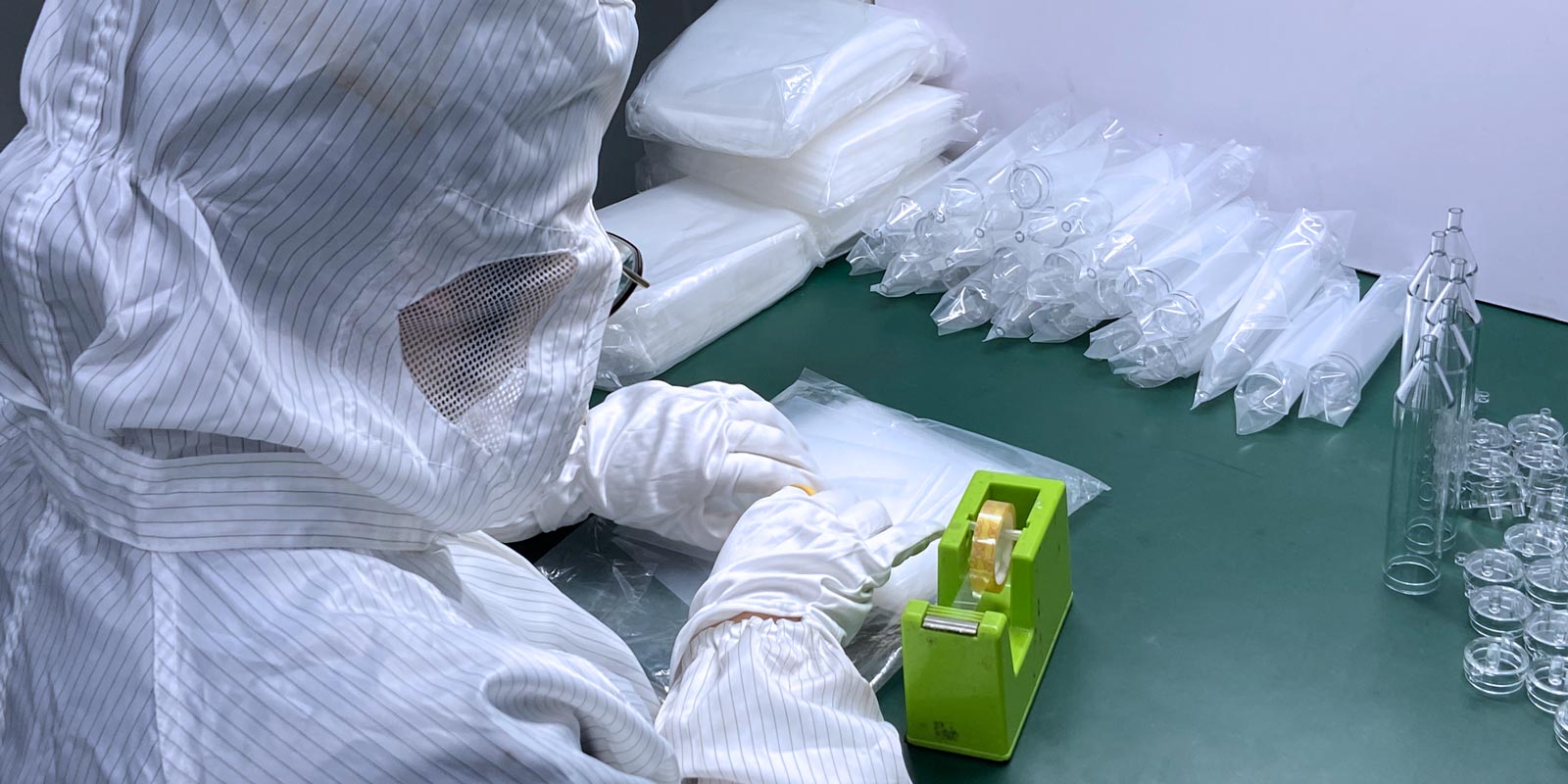
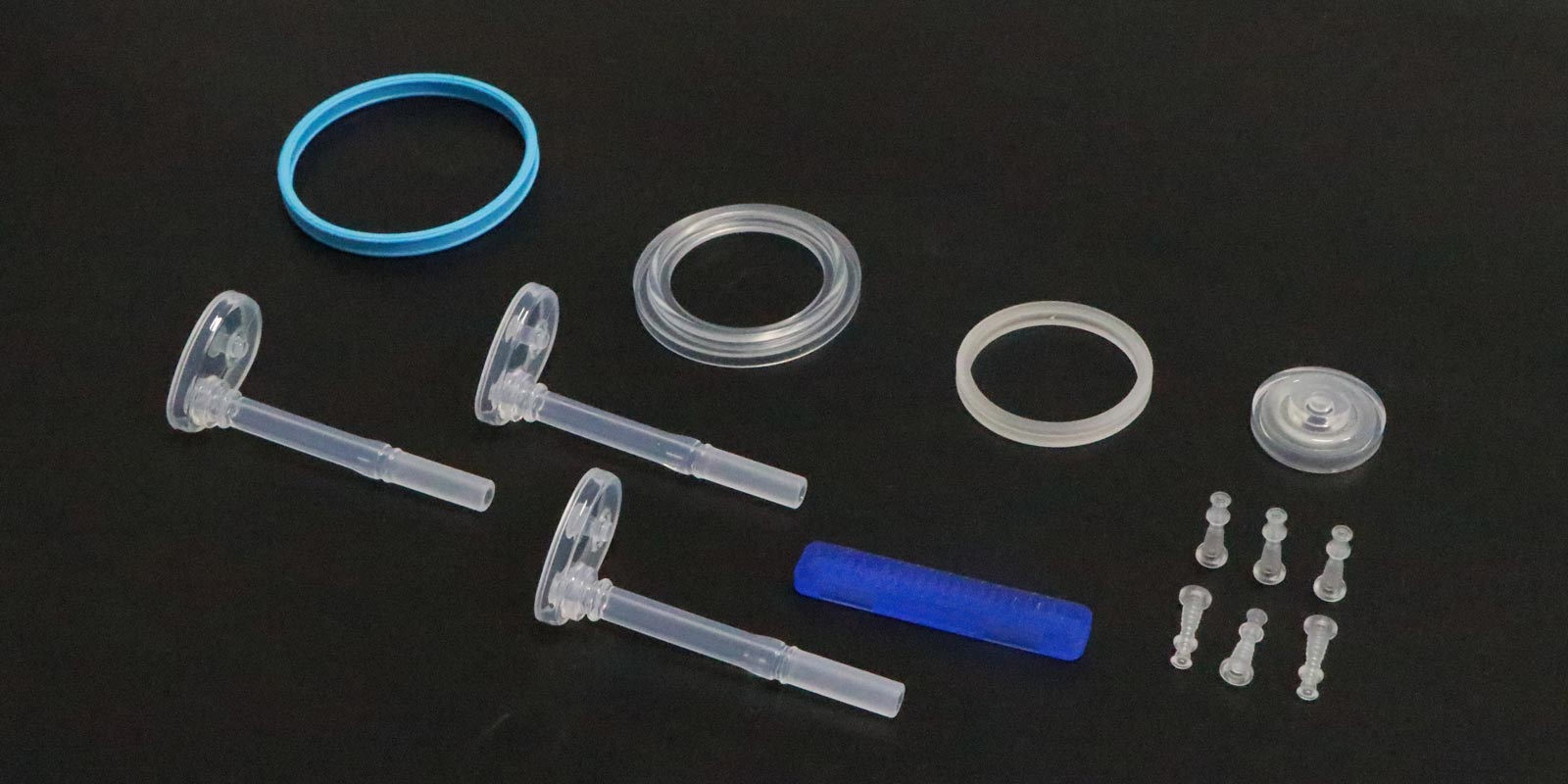
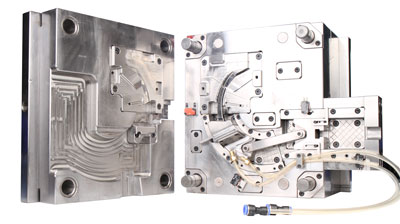
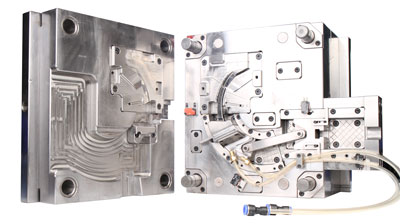
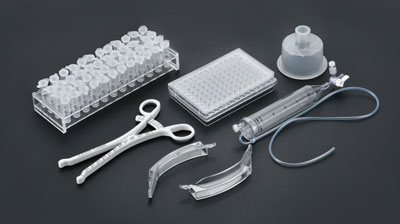
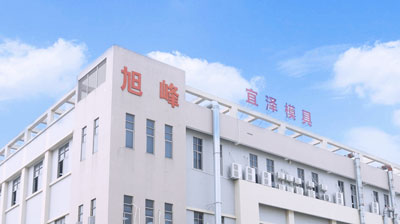







 Home
Home
